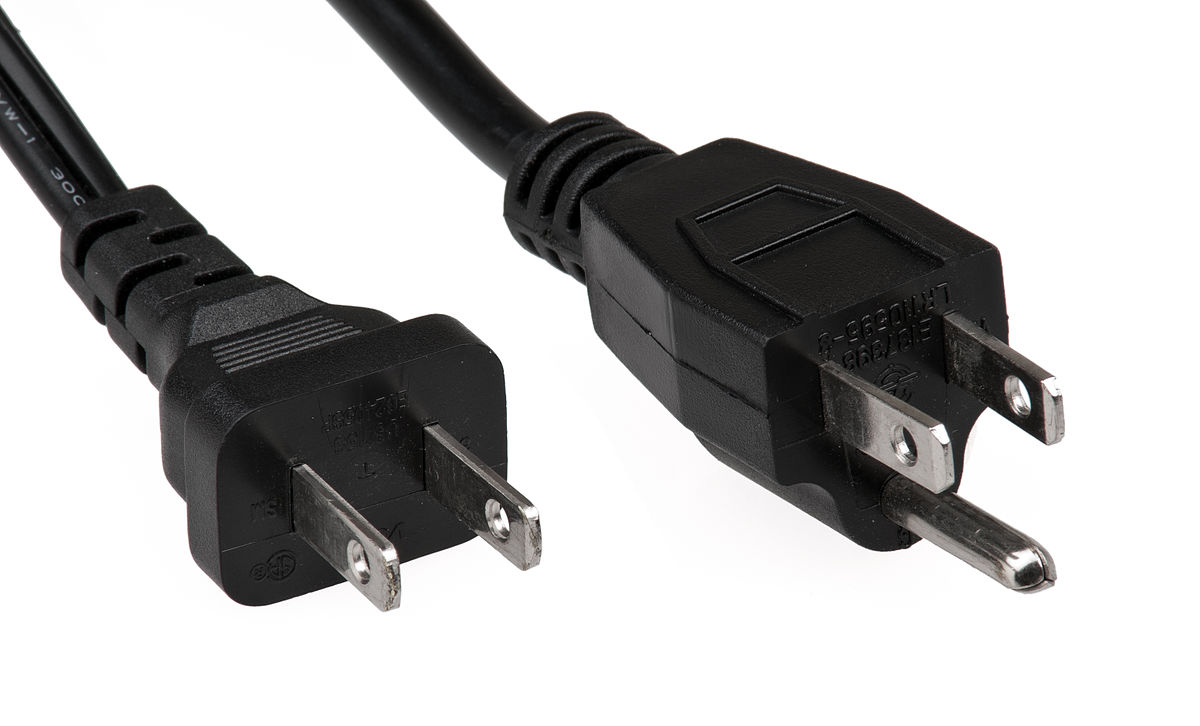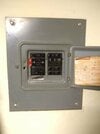NEMA 10-30 has been deprecated. It doesn't have a ground conductor and shouldn't be used in new installations. You're kind of limited in what you can do as a renter - my recommendation would be to replace the receptacle with a NEMA 14-30, which has two hots, a neutral and a ground.
Yes - the Tesla adapter grounds through the neutral conductor on a NEMA 10-30.
If you're interested in a splitter, my recommendation would be for an automated product like a Dryer Buddy with the automatic detection that prevents both loads from running simultaneously.
I have replaced several 10-30's with 14-30's in some rental houses I own. But only do this if the circuit from your panel contains 4 wires:
Hot-Hot-Neutral-Ground. Usually Red-Black-White-Bare Copper (or green)
Most of them had the above mentioned four wires, but one of the 10-30's I have attempted to upgrade only had 3 wires, it was a 10-2 w/ground Romex cable. The ground wire was being used for the neutral on that installation. In that case, I left the 10-30.
Most landlords would not like a tenant working on the electrical system (including me), and most landlords would not perceive the 10-30 to be a problem. I upgraded the dryer outlets as part of larger major renovations. None of my tenants have an EV but I would be happy to help a tenant with his EV but obviously as a Tessie owner I am different than most landlords.
On a dryer, the 10-30 uses the neutral also for the ground. There is a ground wire in most dryers that is connected to the neutral when using the 10-30, and is connected to the ground wire when using the 14-30.
For a dryer, the 10-30 is safe *until* something goes wrong with the neutral connection back to the electrical panel. Then, the frame of the dryer will be energized to 120 volts with reference to ground. This has rarely happened, but it *has* happened, thus in the 1990's the NEC was updated to require the safer 4 wire connection using the 14-30. Older ranges also had the same situation using 3 wires with the neutral as the ground, usually with NEMA 10-50 amp receptacles. If the neutral came loose, the frame of the range would become electrified at 120 volts to ground. Dryers and ranges need the neutral because whilst the heating elements use 240 volts some of the components in these devices use 120 volts.
Since Tessies are strictly 240 volt devices, they do not need a neutral, and using the neutral as a ground is safer than using the neutral as both a neutral and a ground for a dryer. Should the neutral become loose or disconnected, the frame of the car will not become energized.
At the main electrical service panel, the neutral and ground are bonded together, so to the Tessie it looks no different if it is using the neutral as the ground or the ground as the ground. Also note that the Tessie is not putting a ground connection on to the neutral as the OP was questioning.
If you know you, or a family member, will never use the dryer at the same time the car is charging, a simple splitter is OK. Note that as discussed above, the 10-30 or 14-30 heat sensor built into the EVSE adapter cord will not be at the outlet in the wall, but will be where it plugs into the splitter. So you should check on it from time to time for overheating.
If the dryer outlet is not actually in the garage, you will need to somehow get the cable from the outlet into the garage. Doors from the garage to the house are generally fire rated, and should not be left cracked open.
I consider using a dryer outlet something to do when visiting friends or family, or to temporarily use until a more permanent circuit can be installed.
Edit: Just saw OP's latest response:
To reiterate, the Tessie is not placing a ground onto the neutral. It is using the neutral as the ground. It is perfectly safe, and Tesla would not sell the 10-30 if is was unsafe.
The cord's sensor will still be in the circuit, and will protect the plug, but it will be protected into whatever place in which it is inserted. If you plug it into the 10-30, it will sense the heat at that point, telling the Tesla Mobile Connector if that connection becomes too hot. If it is plugged into an extension cord, or a one-in / two-out splitter, it will sense the heat at that point. Should the 10-30 where the extension cord or splitter is plugged in to get hot, it will not sense that problem and if it gets too hot the receptacle or plug may melt.




